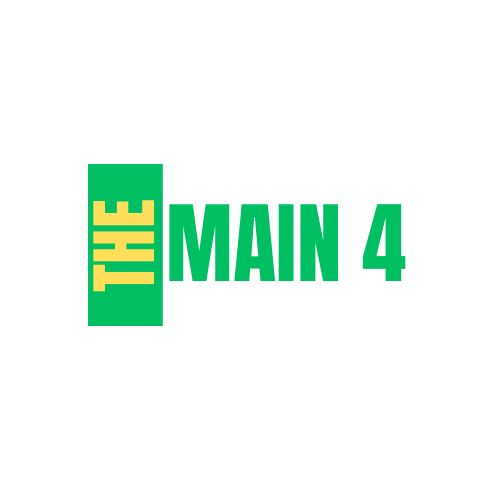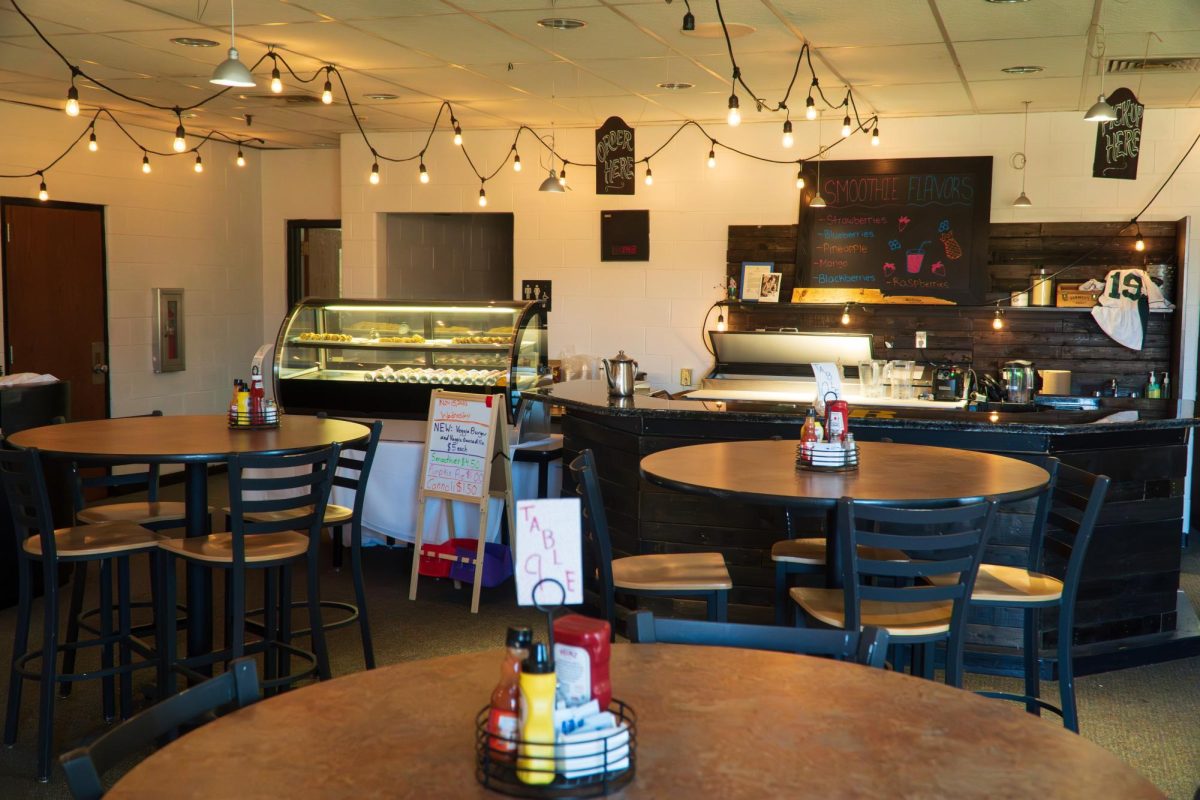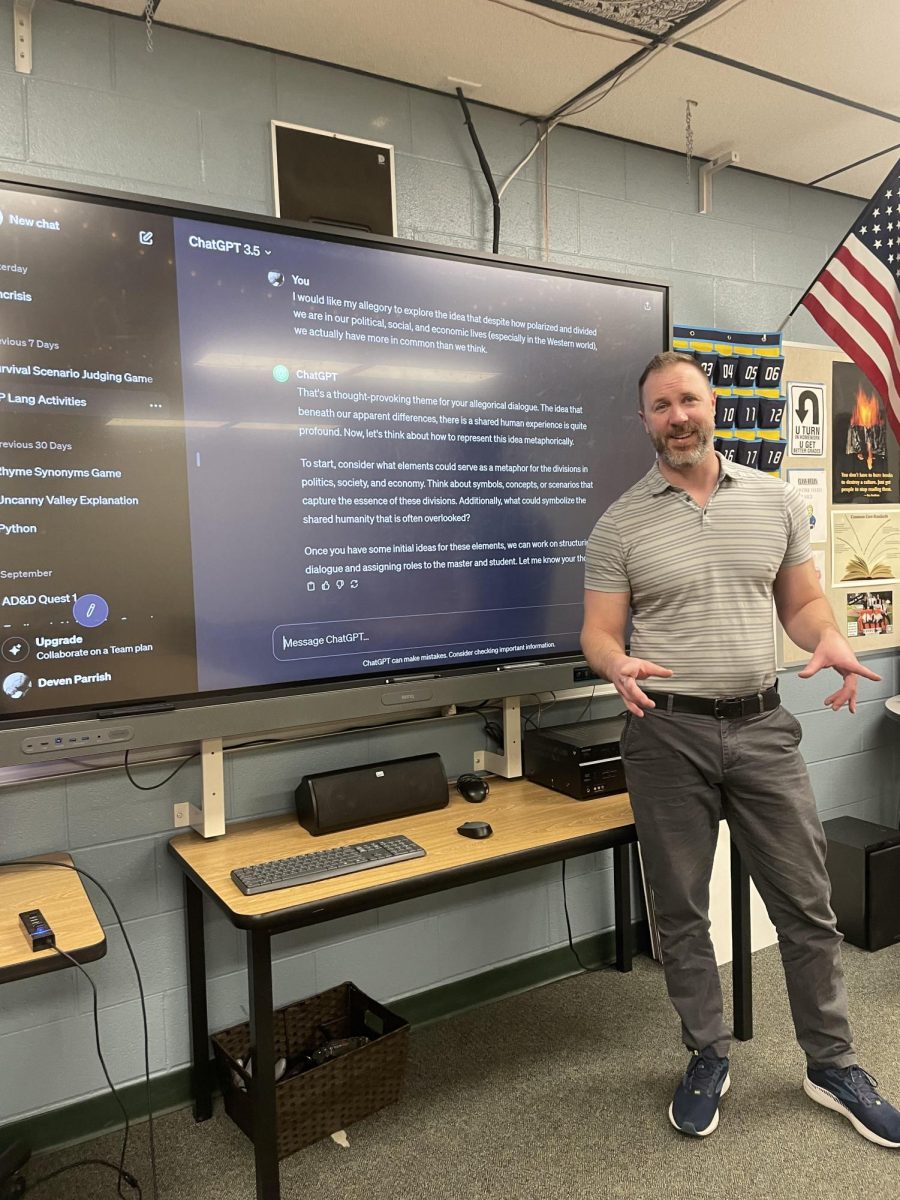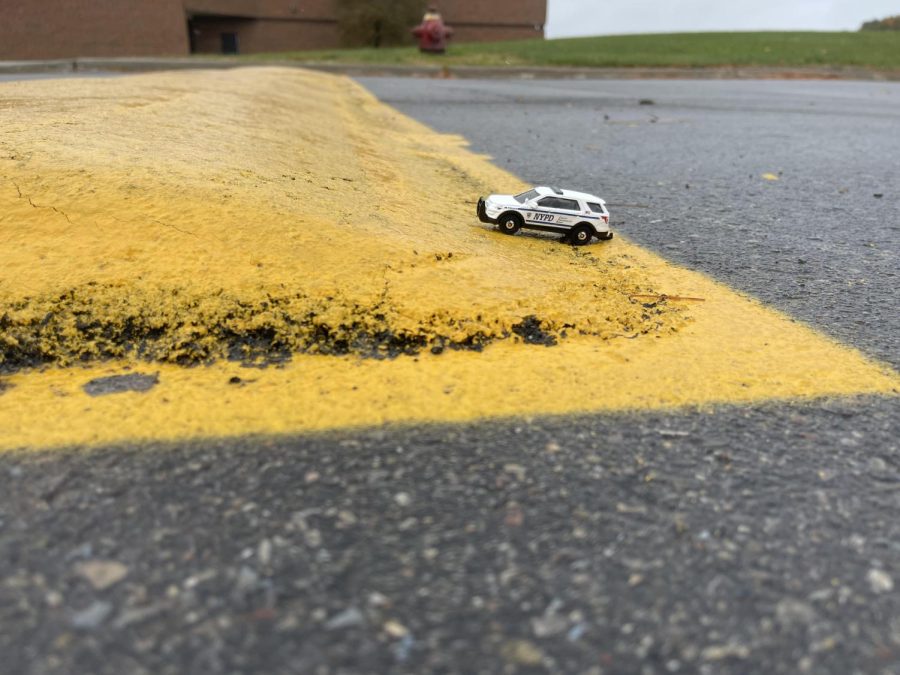Walking towards the gates of the John Dukes stadium, students are in uniform, dressed in the classic U.S.A. theme. With the shining sun and the anticipation of the game, many are eager to enter, $5 in hand. As they approach the ticket booth, they notice something different: a sign that states, “$6 for entry.” The students all end up reaching into their pockets and pulling out an extra dollar. They all entered the football stadium, an extra dollar short.
Inflation is defined as a general increase in prices and fall in the purchasing value of money. It can happen due to demand-pull inflation, which is when there is a high demand with not enough supply. Or, it can happen due to cost-push inflation, which is when the cost of production and goods increases.
Due to inflation, students will spend $54 instead of $45 on tickets alone for a regular season of football, not counting the spirit wear they have to buy or concessions. Although $9 isn’t a huge difference, all of those extra dollars eventually add up.
Inflation has affected many good prices, inside and outside of the walls of HHS. For example, in the Kilt Shack, water prices have increased from $1.00 to $1.50, leaving students more hesitant to buy it. Another good example of inflation is Dunkin drinks. Many of the students at HHS go to Dunkin not only because it’s close, but also because they avoid the high prices of Starbucks coffee. However, Dunkin has now gone from simple and low prices to being priced almost as high as Starbucks. There are also murmurs and complaints around the school about the cafeteria cookies increasing in price, from a low 50 cents in 2021 to a whole dollar now in 2024. While the cookie prices are increasing, the cookie size has also been decreasing.
Not only goods but also academics have been affected. At HHS, AP exam costs are reduced for students eligible for the reduced lunch program. Originally, exams cost $100. With the reduced fee, they cost $40. However, that fee used to be $5. This closes many doors for students who are already struggling financially and prevents them from fully exercising their academic skills.
Many teenagers have jobs. However, many of them have arguably started to put work before school, letting their grades drop and not having time for homework due to their busy work schedules. It could be for reasons outside of inflation, but I believe that some students are running short on money, which leads them to prioritize their jobs over school to not only be able to support themselves but possibly their families in some cases.
Some people are lucky enough to still live somewhat comfortably, but no matter their economic status, many families have felt the impact of inflation. Whether parents have to pick up more shifts in order to afford their lifestyles, or if they have to sell their house in order to save money, everyone is affected. Many parents also struggle to pay for student’s extracurriculars, such as sports. Parents’ struggles range from not being able to afford the car that their child wants to, at its worst, food and needs.
Even though inflation has taken a toll on many lives, it is getting better as of right now. For example, gas prices have been one of the biggest consequences of inflation, but they are now decreasing. At its height, gas cost $3.81 per gallon in July of 2024. They have now lowered to $3.19 per gallon, and will hopefully stoop even lower as time goes on. Even though inflation had its consequences, HHS students have been able to survive it.








